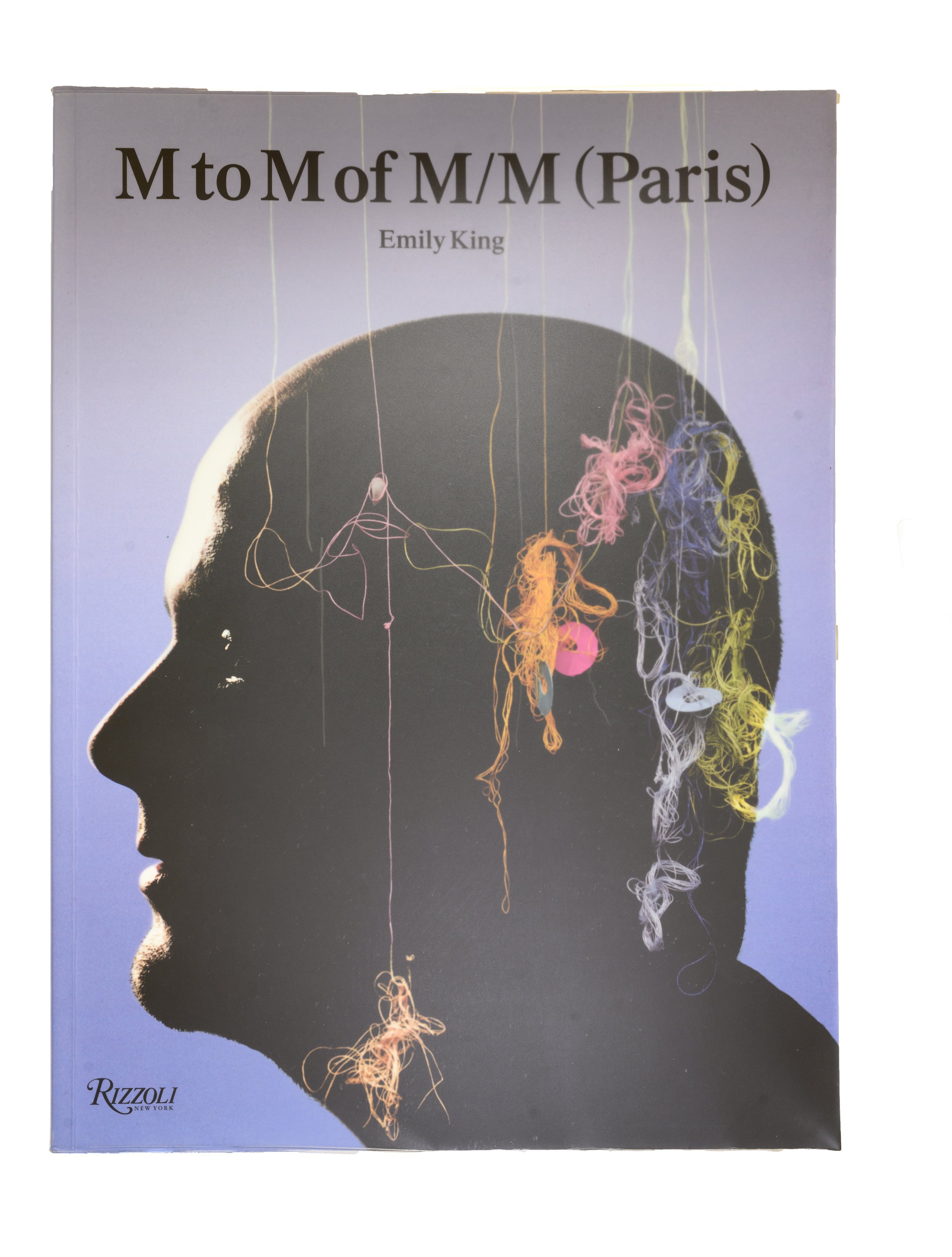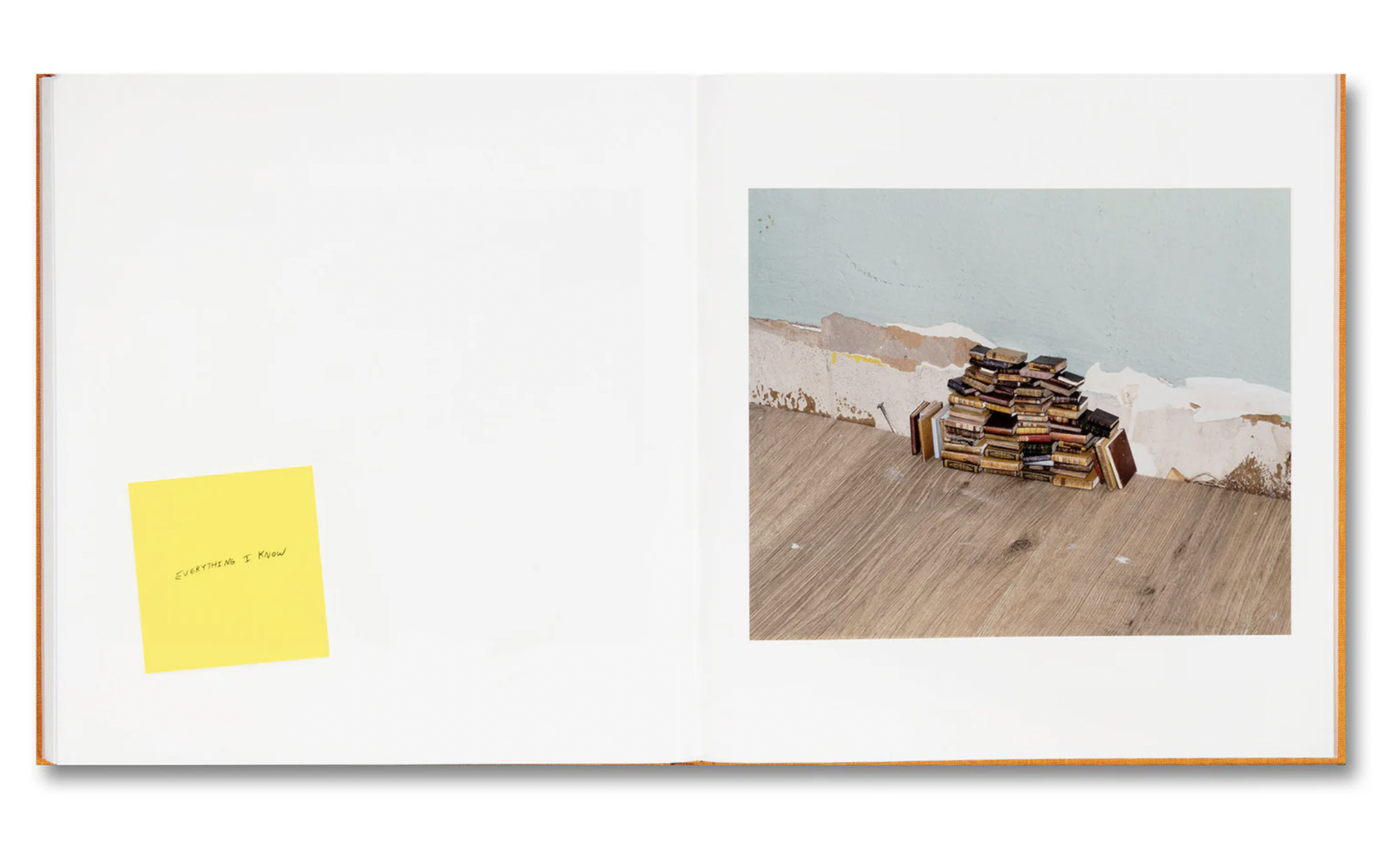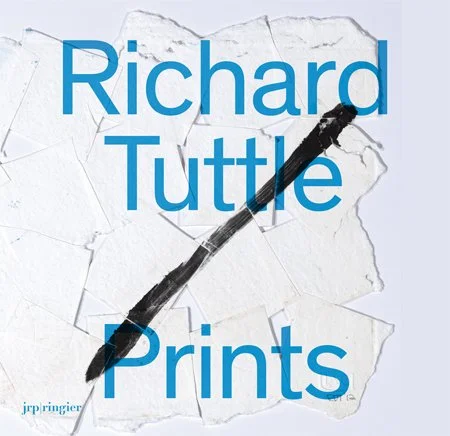Lygia Clark: Painting as Experimental Field 1948–1958
One of the key Brazilian participants in Latin America’s revolutionary midcentury concrete and neoconcrete movements, Lygia Clark (1920-88) is known throughout the world for her innovative approach to modular sculpture and forms of participatory art, as well as her paintings and engagement with art as a therapeutic practice.
This volume focuses on the first decade of Clark’s career, during which the artist experimented with new forms of representation based on concrete art’s emphasis on the material character of shapes and colors. Clark’s paintings oscillate between figuration and abstraction, with splinters of jewel-toned triangles and bold black-and-white parallelograms that interlock with one another on square canvases. Readers can follow the precision with which she created her geometrical paintings and identify the visual language of Clark’s practice, which would continue to inform the kinetic sculptures later in her career.
One of the key Brazilian participants in Latin America’s revolutionary midcentury concrete and neoconcrete movements, Lygia Clark (1920-88) is known throughout the world for her innovative approach to modular sculpture and forms of participatory art, as well as her paintings and engagement with art as a therapeutic practice.
This volume focuses on the first decade of Clark’s career, during which the artist experimented with new forms of representation based on concrete art’s emphasis on the material character of shapes and colors. Clark’s paintings oscillate between figuration and abstraction, with splinters of jewel-toned triangles and bold black-and-white parallelograms that interlock with one another on square canvases. Readers can follow the precision with which she created her geometrical paintings and identify the visual language of Clark’s practice, which would continue to inform the kinetic sculptures later in her career.
One of the key Brazilian participants in Latin America’s revolutionary midcentury concrete and neoconcrete movements, Lygia Clark (1920-88) is known throughout the world for her innovative approach to modular sculpture and forms of participatory art, as well as her paintings and engagement with art as a therapeutic practice.
This volume focuses on the first decade of Clark’s career, during which the artist experimented with new forms of representation based on concrete art’s emphasis on the material character of shapes and colors. Clark’s paintings oscillate between figuration and abstraction, with splinters of jewel-toned triangles and bold black-and-white parallelograms that interlock with one another on square canvases. Readers can follow the precision with which she created her geometrical paintings and identify the visual language of Clark’s practice, which would continue to inform the kinetic sculptures later in her career.
















